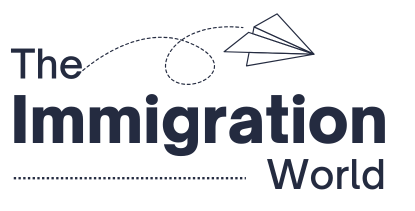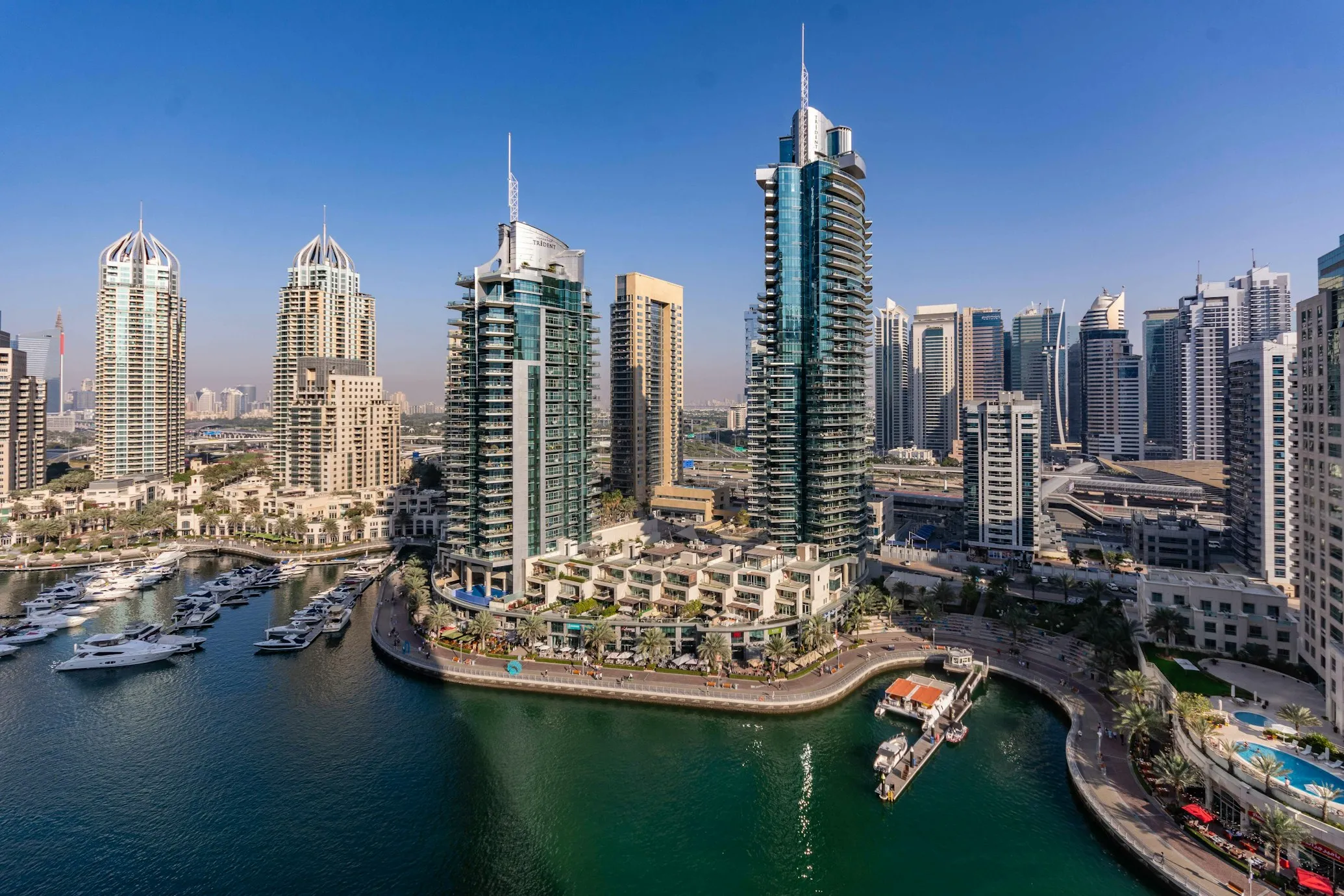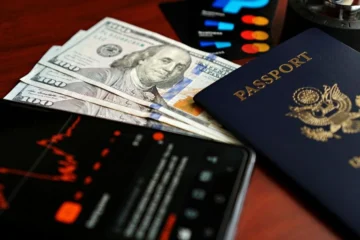Let’s not beat around the desert bush — the UAE is thriving. In 2025, this Middle Eastern powerhouse continues to attract professionals from all corners of the globe, and it’s not just because of those glossy skyline shots on Instagram. We’re talking serious perks: tax-free salaries, career acceleration, and a lifestyle that includes brunches, Bentleys, and year-round sunshine (with top-tier air conditioning).
But it’s more than just glam and glitz. With economic diversification in full swing, the UAE is no longer just oil and real estate. It’s a hub for tech, healthcare, logistics, and green energy, offering skilled professionals room to grow, earn, and network on a global scale. The multicultural environment also means you’ll hear everything from Arabic to Tagalog to Russian at your office lunch table.
For anyone chasing both opportunity and adventure, the UAE isn’t just an option — it’s a top-tier contender. And now, with a reformed work visa process in place for 2025, getting there is a whole lot smoother.
Key Takeaways
Overview of the 2025 UAE Work Visa Updates
Here’s the deal: the UAE has always been fairly pro-expat, but in 2025, they’ve decided to polish up the system. Think: less paperwork confusion, clearer categories, and a faster path to employment. The Ministry of Human Resources and Emiratisation (MoHRE) has essentially given the visa system a tech-savvy facelift.
At the heart of the update is the push for efficiency and transparency. The goal? Attract highly skilled international professionals while keeping the hiring process clean and standardized across the board. This includes digital integration with the UAE Pass, which acts like a universal login for government services — no more lost passwords or duplicate submissions.
They’ve also updated the skilled vs. unskilled worker categories, introduced clearer salary and qualification thresholds, and implemented a quicker verification process for educational credentials. Employers now follow a stricter but simpler checklist, and applicants have a much better view of where they stand at each stage.
Bottom line? The UAE wants talent, and they’ve streamlined the path for getting it.
Step-by-Step Process to Apply for a UAE Work Permit from Overseas
Now let’s talk about how you get that work visa in 2025. It’s a pretty straightforward four-step process, and everything flows through the MoHRE and affiliated platforms.
Step 1: Employer Submits Work Permit Application
Once you land a job offer, your employer initiates the process by applying for a work permit through MoHRE’s e-Channel, Tasheel, or other approved government portals. This includes uploading your passport copy, job offer letter, and other required documents.
Step 2: Approval and Issuance of Entry Permit
If all looks good, MoHRE approves your application and issues an entry permit — basically your “green light” to travel to the UAE. This is sent to you electronically and is valid for 60 days from issuance.
Step 3: Arrival in the UAE & Medical Fitness Test
Once you land, you’ll undergo a mandatory medical fitness examination. Blood tests and chest X-rays are standard. If you pass (which most healthy individuals do), you’re cleared to proceed.
Step 4: Labor Contract Signing and Emirates ID Registration
Next, you sign the official labor contract that outlines your job details, rights, and responsibilities. Simultaneously, you’ll apply for your Emirates ID and biometric scan. Once this step is complete, your residency visa will be stamped into your passport, and you’re ready to start work legally in the UAE.
The entire process, from job offer to labor card, can now be wrapped up in under 30 days — if your documents are on point and your employer doesn’t slack off.
Documents Required for a UAE Work Permit Application
Alright, let’s unpack that paper trail. While the UAE has gone digital in many ways, you still need to come prepared with the right documents — and a decent scanner, preferably.
Here’s what’s typically required in 2025:
- A clear, valid passport copy (minimum 6 months validity)
- A recent passport-sized photograph (white background, no filters — sorry)
- A job offer letter was issued and signed via MoHRE’s official system
- Educational certificates (for skilled roles), authenticated by the UAE Ministry of Foreign Affairs
- Any professional license or certifications relevant to your job (think: teaching, healthcare, legal)
- National ID (for citizens from certain countries)
- Proof of any prior experience or reference letters (depending on job level)
Documents should be legible, in color, and ideally in English or Arabic. Fuzzy scans or photos of documents lying on your kitchen table? That’s a fast track to rejection or delay.
Skilled vs. Unskilled Workers: Who Qualifies and What’s Required?
In 2025, the UAE draws a clear line between skilled and unskilled workers, and not just to be fancy.
Skilled workers are typically professionals with a recognized degree or diploma, a monthly salary offer of AED 4,000 or more, and a job title that falls under MoHRE’s skilled occupation categories (think engineers, IT specialists, healthcare professionals, teachers, etc.).
To be officially classified as skilled, you must also complete educational credential verification, which the MoHRE handles within two weeks. Once approved, you’re eligible for the faster-track visa and additional perks like easier job changes and longer visa durations.
Unskilled workers, on the other hand, don’t need formal degrees but are still subject to background checks and entry permit requirements. These jobs typically fall under manual labor or service industry roles. While the application process is similar, the salary threshold is lower, and certain positions may come with extra sponsorship rules.
Regardless of category, all applicants must pass the medical fitness test and follow the same steps once in the UAE.
How Long Does the Application and Approval Process Take?
Speed is the name of the game in 2025. Thanks to MoHRE’s digital overhaul and clearer guidelines, the entire process now averages between 2 to 4 weeks, depending on a few key factors:
- Job Type & Sector: Priority sectors like healthcare or tech may benefit from faster approvals.
- Educational Credential Verification: This takes about 10 to 14 days, and it’s a non-negotiable step for skilled roles.
- Employer Responsiveness: If your employer delays uploading documents or confirming the job offer, your timeline stretches. (Friendly reminder: stay in touch with HR.)
- Medical Fitness Test: Conducted within 2–3 days after arrival, with results usually available within 48 hours.
Once everything checks out, your residency visa is stamped in your passport, and your Emirates ID is issued shortly after. Congratulations — you’re officially part of the UAE workforce.
What Happens After You Arrive in the UAE?
Touchdown! You’ve made it. But before you start celebrating with shawarma on Jumeirah Beach, there are a few final steps to tick off.
First, you’ll need to undergo the medical fitness test at an approved UAE health center. It’s a quick check for communicable diseases and a chest X-ray — no surprise marathons or obstacle courses involved.
Also Read: How to Get Permanent Residency in Dubai (UAE) 2025
Once you pass the test, you move on to signing your official labor contract. This outlines your job description, salary, benefits, and contract duration — so read it carefully before signing. Afterward, your employer will finalize your Emirates ID and residency permit.
At this point, you’re good to go — legally employed, government-registered, and ready to start working. Bonus: That Emirates ID is your golden key to banking, housing, and every official transaction in the UAE.
Tips to Ensure a Smooth UAE Work Permit Application in 2025
Let’s be honest — government paperwork isn’t anyone’s idea of a good time. But with the right prep, your UAE work visa experience can go from “ugh” to “oh, that was smooth.”
Tip 1: Double-check your documents. Incomplete or poorly scanned documents are the number one cause of delays. Make sure everything is readable, recent, and translated if needed.
Tip 2: Use the UAE Pass early. Registering on UAE Pass before you begin saves time and links all your services under one digital ID — super handy.
Tip 3: Verify your education in advance. For skilled roles, get your degrees and transcripts authenticated early — ideally even before receiving your job offer.
Tip 4: Communicate with your employer. Don’t assume they’re on top of everything. Check in politely but persistently — it’s your visa, after all.
Tip 5: Keep a soft and hard copy folder. Whether you’re at the airport or health center, having quick access to your documents can save time (and stress).
Final Thoughts: Is the UAE Work Visa Process Easier in 2025?
In a word? Yes. The UAE’s 2025 work visa process is not only faster and more transparent — it’s also smarter. By focusing on skill levels, tech-enabled verification, and better guidance for employers, the country has made real progress in attracting global talent without the old red tape.
Of course, like any international move, it still takes planning and attention to detail. But for professionals looking to boost their careers in a dynamic, tax-free, globally connected economy — the UAE remains one of the most promising destinations out there.
And hey, if a thriving career, high-rise views, and weekend dune bashing sound good to you, it might just be time to start packing.
For more information, go to the official Website: https://u.ae/





